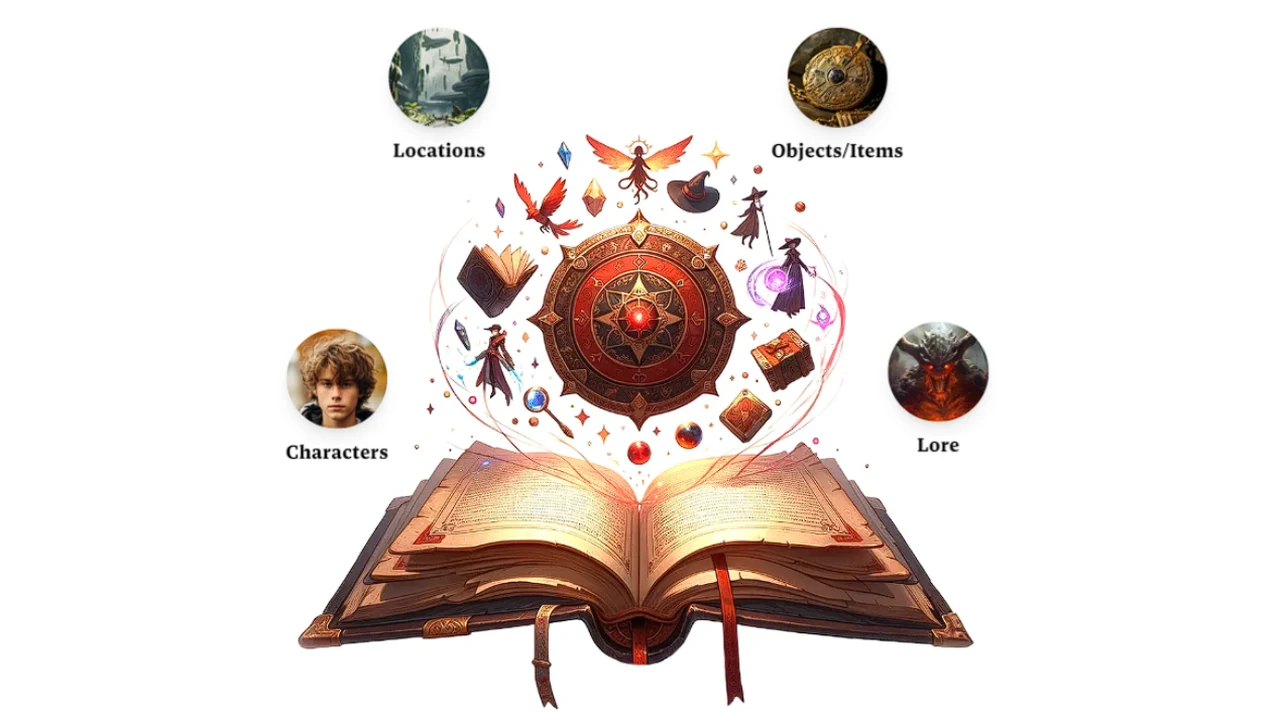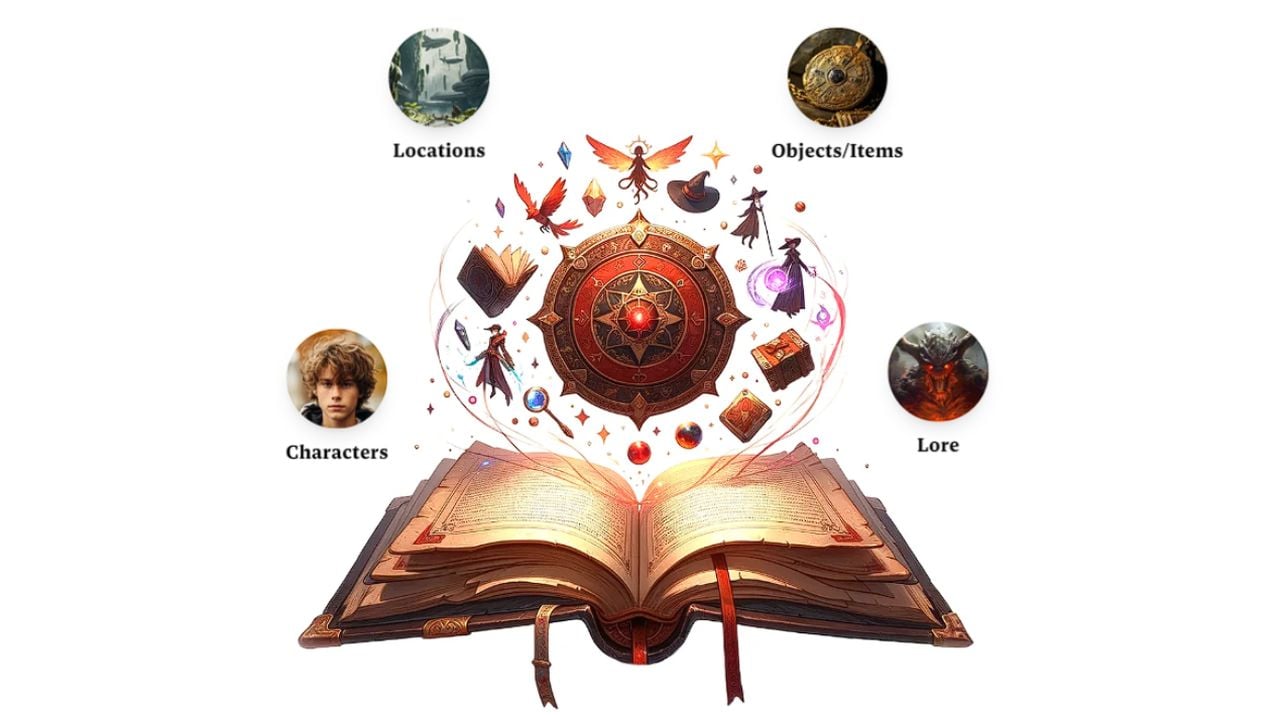
Adding to the ever growing range of artificial intelligence (AI) writing platforms available to help you improve your writing skills, create story lore, write books and more is the Novelcrafter AI creative writer. Specifically designed for authors and writers the platform offers users an innovative AI writing assistant designed to assist authors from the spark of an idea to the final draft of their novel. This platform is capturing the attention of the writing community with its blend of advanced artificial intelligence and user-friendly design.
Novelcrafter stands out in the crowded field of writing aids by offering a seamless start-up experience. Authors can quickly set up a new project, inputting crucial details about their book and series, which lays the groundwork for the AI to provide tailored assistance. The platform requires integration with AI API keys from leading providers, unlocking access to powerful models like GPT-3.5 and the newest GPT-4. These models are at the forefront of AI technology, providing substantial aid in developing complex narratives.
Novelcrafter AI writing platform designed for authors
The interactive chat feature is a fantastic tool for authors in the brainstorming phase. It allows for a conversational approach with the AI, helping authors to expand on their ideas and integrate them into their stories. Novelcrafter also includes tools for creating a solid outline, which is crucial for maintaining the structure and flow of the narrative.
Here are some other articles you may find of interest on the subject of AI writing platforms and services available :
One of the platform’s standout features is its credit management system, which is essential for authors to keep track of their AI usage. Credits are the lifeblood of the AI’s functionality, and managing them wisely ensures uninterrupted support throughout the writing process. Novelcrafter’s design is intentionally straightforward, with clear tabs for each stage of writing, from planning and drafting to revising, making it easy for authors to navigate and utilize the platform’s full potential.
To further tailor the AI’s output, authors can use the Codex to input detailed information about their story’s characters and world. This enhances the AI’s ability to produce text that is not only coherent but also aligns with the story’s context. Learning to use slash commands effectively is another skill authors will find beneficial. These commands direct the AI to perform specific writing tasks, such as generating descriptive scenes or crafting realistic dialogue.
Editing is an integral part of the writing process, and Novelcrafter’s editing tools are designed to help authors polish the AI-generated content. This ensures that the final product resonates with the author’s unique voice and meets their narrative objectives. The platform also offers prompt customization, allowing authors to shape the AI’s responses to better fit their specific writing needs.
Understanding the pricing structure of Novelcrafter is crucial for authors to find a plan that suits their project’s scope and their budget. The platform offers a range of plans, each with varying features and levels of AI assistance, enabling authors to choose the most appropriate option for their needs.
Novelcrafter is a comprehensive assistant for authors looking to harness the power of AI in their writing endeavors. With its advanced models, intuitive interface, and extensive writing and editing capabilities, Novelcrafter is poised to become a valuable resource for authors aiming to bring their literary visions to life. Whether you’re a seasoned novelist or a newcomer to the craft, Novelcrafter could be the partner you need to navigate the complexities of novel writing in the digital age.
Image source : Novelcrafter
Filed Under: Guides, Top News
Latest timeswonderful Deals
Disclosure: Some of our articles include affiliate links. If you buy something through one of these links, timeswonderful may earn an affiliate commission. Learn about our Disclosure Policy.











